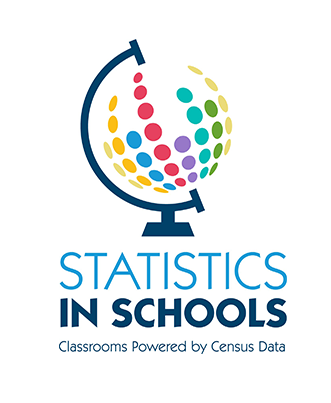Exploring the Great Migration – 1910-1970
Activity Description

Students will study a graphic comparing an early wave of black population migration (1910–1940) — sometimes referred to as the First Great Migration — with a later wave of black population migration (1940–1970) — also known as the Second Great Migration. They will consider the causes and effects of both waves of migration and compare the historical data with more recent data on migration overall. This activity would be best placed in the middle or toward the end of a lesson or unit on the Great Migration, a period that spanned both waves, occurring from 1910 to 1970.
Suggested Grade Level
11-12
Approximate Time Required
45-60 minutes
Learning Objectives
- Students will be able to read and interpret a data visualization depicting percentage-point changes in the black population in cities during two major waves of migration.
- Students will be able to make correlations between symbols on a graphic and percentage-point increases and decreases of the black population.
- Students will be able to use data from a graphic to draw conclusions about migration patterns of the black population during two major waves of migration, connecting those patterns to the larger issues of the period and comparing them with more recent migration data.
Materials Required
- The student version of this activity, 7 pages; it contains images that should be printed in color.
- A computer with Internet access for each student is optional.
Activity Items
The following items are part of this activity.
- Data Visualization of the Great Migration, 1910–1970
- Collapsed Reason for Move, 1999–2015
- Top State-to-State Migration Flows, 2010–2011
Teacher Notes
Blooms Taxonomy

Students will analyze data visualizations to understand the impact of migration.
Subject
High School History
Topics
- The Great Migration during the 20th century
- Population
Skills Taught
- Analyzing visual data
- Drawing conclusions
- Identifying cause and effect




